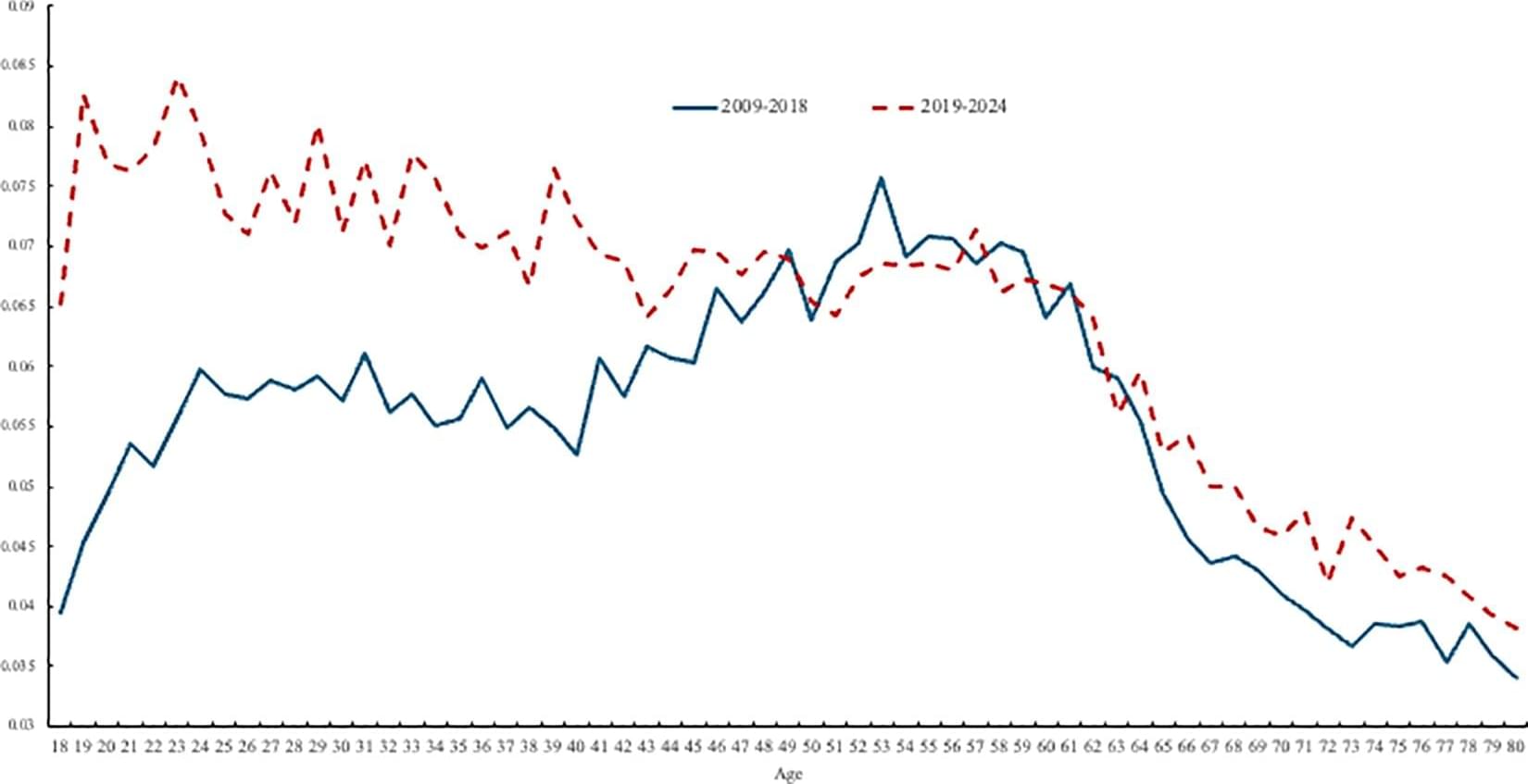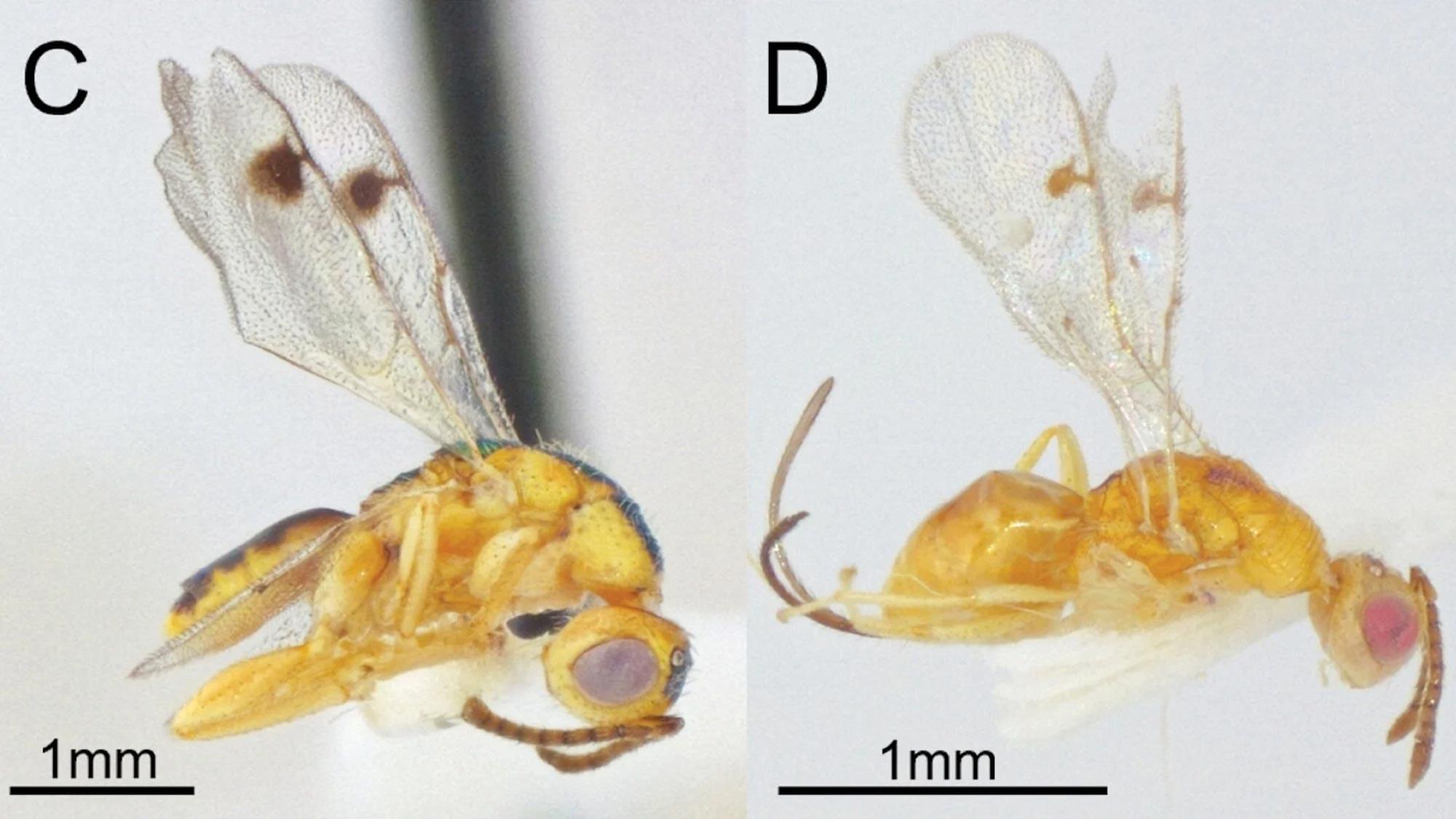Breathwork while listening to music may induce a blissful state in practitioners, accompanied by changes in blood flow to emotion-processing brain regions, according to a study published in the open-access journal PLOS One by Amy Amla Kartar from the Colasanti Lab in the Department of Clinical Neuroscience at Brighton and Sussex Medical School, U.K., and colleagues.
These changes occur even while the body’s stress response may be activated and are associated with reporting reduced negative emotions.
The popularity of breathwork as a therapeutic tool for psychological distress is rapidly expanding. Breathwork practices that increase ventilatory rate or depth, accompanied by music, can lead to altered states of consciousness (ASCs) similar to those evoked by psychedelic substances.









